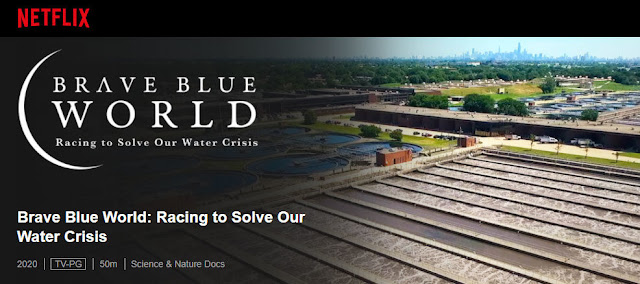Floods and Droughts in Kenya
My previous post discussed the variability of precipitation and the effects of climate change causing an increase in the frequency and intensity of floods and droughts. To put the social impacts of this into perspective I will use Kenya, which is no stranger to floods and droughts having experienced both annually since the start of the millennium (UNICEF, 2017), as an example.
Agriculture is key to the Kenya's economy as it provides a large fraction of the GDP (Marshall, 2011). With a population of 47 million (Census,2019 ), over half work in agriculture and are therefore dependent on the climate - particularly with regards to rain-fed agriculture (Murphy et al, 2017). Water scarcity is a problem in Kenya, it results from extreme weather, contaminated water sources, and increasing demand due to population growth (Marshall, 2011). This negatively contributes to a whole host of socio-economic factors such as food insecurity, income instability, gender inequality and health issues (Murphy et al, 2017). It is often those that are already experiencing difficulties, such as poverty, that are most affected by extreme weather conditions which adds to their vulnerability. The climate in Kenya has had an observed change with decreases in long rains and increased warming since 1970 (Murphy et al, 2017). It is predicted that the short rains will increase in intensity causing more severe floods by 2100 (UNICEF, 2017). The continued occurrence of extreme weather will have a number of negative impacts lowering the resilience of those affected as they have to repeatedly recover from events (Huho and Kosonei, 2014).
The increased frequency of droughts and floods as a result of extreme precipitation variability can have serious health implications. Direct deaths and injuries can be caused by floods and the landslides they cause, as seen in the 2009 (DREF, 2010). These floods came after a period of drought which meant the population was already suffering from a lack of food and increased disease (DREF, 2010). Contaminated water sources due to extremes in precipitation as explained by Murphy et al. (2017) cause a number of water-based (e.g. Malaria), water-borne (e.g. Cholera) and water-washed (Eye infections) diseases. For instance, an extremely large outbreak of Chikungunya fever occurred in 2004 following severe droughts which aided the transfer of the disease due to dry conditions and lack of safe water (Chretien et al, 2007). Malnutrition and starvation are also common with extreme weather, in the Lodwar region alone, 13,000 children under 5 needed to be given attention for malnutrition in 2006 (UNICEF, 2017). Climate change amplifies illnesses by creating conditions in which diseases thrive. this has resulted in malaria (and other such illnesses) being found in areas that they once did not occur, for instance vectors of malaria have been found in the highlands of Kenya (Bokoet al, 2007).
 |
| Current mortality risk from drought and floods in Africa taken from Boko et al, (2007), with Kenya experiencing risk from both as seen |


Comments
Post a Comment